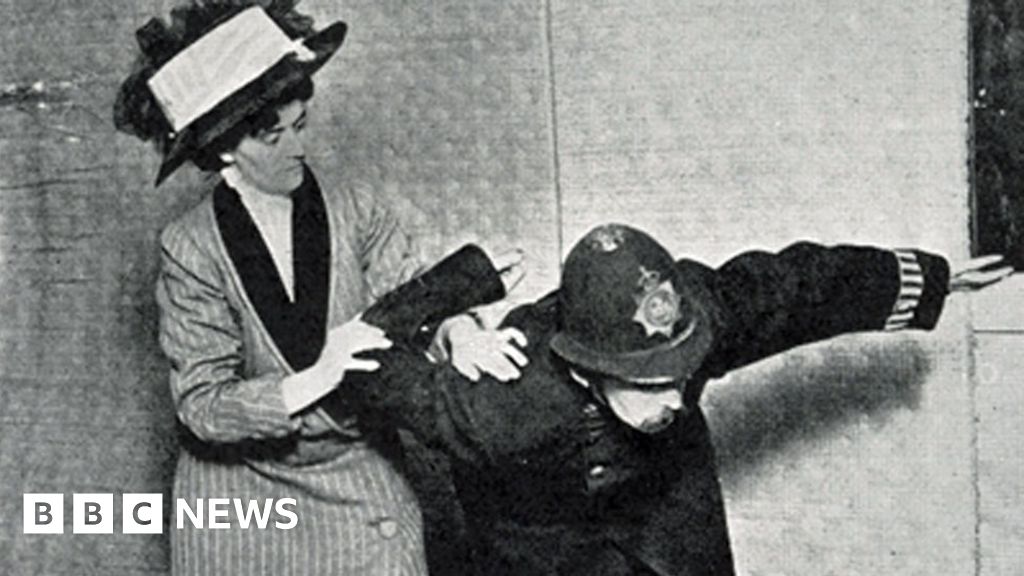Steve
Mostly Harmless
Suffragettes were learning jiu jitsu much earlier. Weren’t they?I wonder if that’s why things tend to be different in the U.K.? We were late comers to the Eastern martial arts and many sought out teacher after watching Enter the Dragon! Thus they were civilian enthusiast and the way they acted in the dojo was a reflection of how they were taught. Of course there were hard ar*ses (anyone remember Danny Connor?) but my experience is of a less intimidating atmosphere in the dojo.

How the suffragettes fought back using martial arts - BBC News
The suffragettes were exposed to violence and intimidation as they campaigned for votes for women. So they taught themselves jiu-jitsu.
